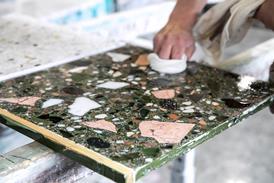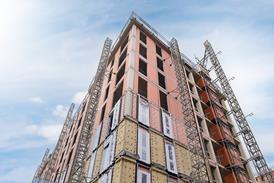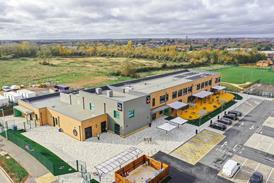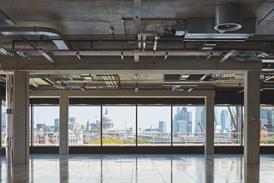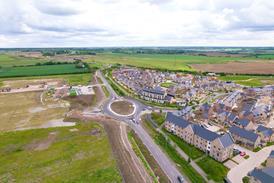- News
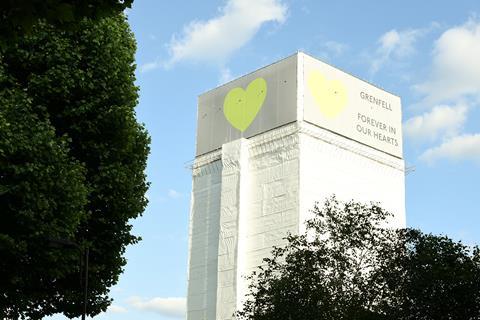
All the latest updates on building safety reformRegulations latest
- Focus
- Home
- News
- Focus
- Comment
- Events
- CPD
- Building the Future
- Jobs
- Data
- Subscribe
- Building Boardroom
Too good to waste: How to recycle an old building for use on a brand new one
By Thomas Lane2025-10-10T06:00:00

Source: GPE/The Boundary
30 Duke Street on Piccadilly features reclaimed steel, recycled glass, aluminium window frames and Portland stone from the building there before. Thomas Lane went along to have a look
The protracted planning battle over the carbon emissions from the redevelopment of Marks & Spencer’s flagship Oxford Street store and the introduction of carbon offset pricing by Westminster council and the City of London has prompted a huge shift towards refurbishment over redevelopment in the capital over the past five years. And many in the industry – particularly large developers, designers, consultants and contractors – are keen to reduce the carbon emissions from construction.
But what about those buildings that are beyond viable refurbishment because they are in a terrible condition, or where the floor to ceiling heights are impossibly low? Sometimes, it may even be more carbon efficient to demolish a building rather than spend a lot of time and resources trying to bring a basket case up to scratch.
Already registered? Login here
To continue enjoying Building.co.uk, sign up for free guest access
Existing subscriber? LOGIN
Stay at the forefront of thought leadership with news and analysis from award-winning journalists. Enjoy company features, CEO interviews, architectural reviews, technical project know-how and the latest innovations.
- Limited access to building.co.uk
- Breaking industry news as it happens
- Breaking, daily and weekly e-newsletters
Get your free guest access SIGN UP TODAY

Subscribe now for unlimited access
Subscribe to Building today and you will benefit from:
- Unlimited access to all stories including expert analysis and comment from industry leaders
- Our league tables, cost models and economics data
- Our online archive of over 10,000 articles
- Building magazine digital editions
- Building magazine print editions
- Printed/digital supplements
Subscribe now for unlimited access.
View our subscription options and join our community










